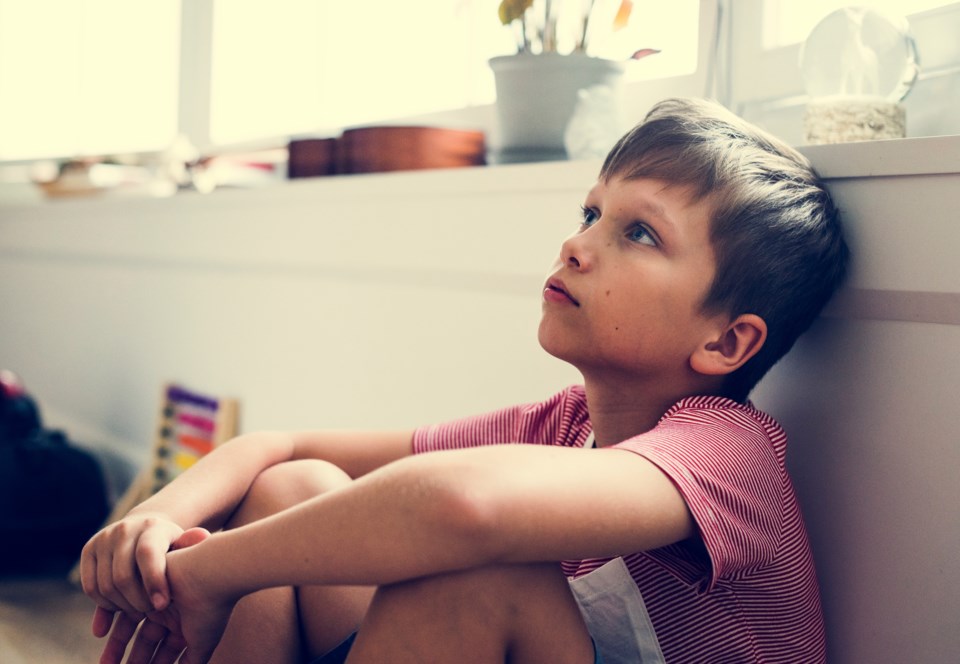Sadly, violence is common in many families. It sometimes starts gradually or slowly and then becomes a regular feature. The violence can follow cycles where, for a long time, everything can appear fine. Then slowly, the tension starts to build.
Family members may not speak openly about the rising tension, but everyone feels it. Then, something will trigger the violence and the cycle will begin all over again.
Together with other service partners, The Community Counselling Centre of Nipissing (CCCNIP) offers supports and groups for mothers and children who have experienced violence.
One mother said, “They don’t notice us fighting,” recounts Alan McQuarrie executive director of CCCNIP. Her three children had been referred for counselling after the eldest began to show violent and distracted behaviour at school. The children were now in a safe and caring environment.
However, the children were having trouble sleeping and behaving in ways that were typical of younger children. When I asked the mom how she knew that the children didn’t notice, she responded that they never turned their eyes away from the TV show they were watching when the violence was occurring.
In Canada, roughly 79 per cent of people experiencing violence identify as women.
Women are three times more likely to experience violence when compared to men. Most people think of physical abuse when they think of violence. However, violence can also include sexual assault, emotional abuse, harassment, financial abuse and many other forms of harm.
Intimate partner violence has especially negative effects on the children who witness it.
At the same time, parents tend to underestimate the effects of violence on their children.
The Ontario Association of Children’s Aid Societies reports that exposure to Intimate Partner Violence is one of the most common types of abuse that children face. Sometimes, it is easy to mistake coping behaviours as an indication that the children do not notice violence.
Research has also shown that a common reaction for children is to ignore or avoid the violence. Intently watching a TV show while violence is occurring can be a coping mechanism for a child. Furthermore, it is common for many children to show little or no response at all after witnessing a violent episode. A child might crave a return to the post-violent state of calm and may modulate their behaviour to avoid triggering more violence. Many children blame themselves for violence that is occurring in families.
Children of different ages and genders may show different symptom clusters. However, the following behaviours can be common in children who witness intimate partner violence:
- increased acting out or aggression;
- withdrawn and fearful;
- difficulty accepting transitions in routine;
- sleep difficulties;
- regression to a younger stage of development;
- increased anxiety when separated from a parent;
- withdrawal;
- difficulty focusing or settling down; and
- headaches or stomach aches with no medical cause.
CCCNIP supports women and children who have experienced violence through its Changing Patterns group. In partnership with Hands Thefamilyhelpnetwork.ca, Nipissing Transition House, Crisis Centre North Bay, Horizon Women’s Centre, Mattawa Women’s Resource Centre, Ojibway Children’s Lodge and the Nipissing Parry Sound Children’s Aid Society, Changing Patterns help women and children overcome the effects of violence.
When children and their mothers learn about the effects of violence, they gain some advantage in recovering from it. The Changing Patterns Group can help children heal.
For more information, call 705-472-6515.
